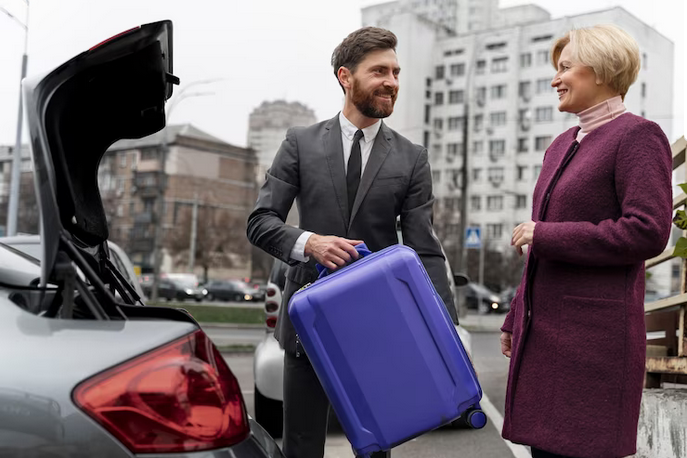Introduction
Transportation is a vital aspect of any thriving urban environment, and Austin, Texas, is no exception. As the capital city of Texas and a hub for technology, culture, and innovation, Austin boasts a diverse array of transportation options to meet the needs of its residents and visitors. From traditional modes of transportation like cars and buses to innovative solutions such as ridesharing and bike-sharing programs, Austin offers something for everyone when it comes to getting around the city efficiently. This article will delve into the various transportation services in Austin, highlighting their benefits, challenges, and overall impact on the city's mobility landscape.
Driving in Austin: Navigating the Roads
For many residents, driving remains the primary mode of transportation in Austin. With a well-connected network of highways and roads, navigating the city by car is relatively convenient. However, Austin's rapid population growth has led to increased traffic congestion, especially during peak hours. Additionally, parking can be a challenge in popular areas such as downtown and around the University of Texas campus. Despite these challenges, driving offers flexibility and convenience, making it a preferred choice for many Austinites.
Public Transit: Riding the Metro
Austin's public transit system, Capital Metro, provides bus and rail services across the city and surrounding areas. The MetroRail offers a convenient way to travel between downtown Austin and the northern suburbs, while the extensive bus network covers a broader geographic area. While public transit offers an affordable and environmentally friendly transportation option, some residents have raised concerns about reliability, frequency, and coverage, particularly in outlying neighborhoods. However, ongoing efforts to improve and expand public transit services aim to address these issues and make public transportation a more attractive option for commuters.
Pedal Power: Embracing Bicycles
With its flat terrain and bike-friendly infrastructure, Austin has emerged as a haven for cyclists. The city boasts an extensive network of bike lanes, paths, and trails, making it easy to navigate on two wheels. In recent years, initiatives such as bike-sharing programs and dedicated bike lanes have encouraged more residents to embrace cycling as a mode of transportation. Not only does cycling offer health and environmental benefits, but it also helps alleviate traffic congestion and parking pressures. However, safety concerns, especially regarding interactions with motor vehicles, remain a challenge for cyclists in Austin.
Taking to the Streets: Exploring Micromobility
Micromobility options, including electric scooters and bicycles, have surged in popularity in Austin in recent years. Companies offering these services have flooded the city with fleets of electric scooters and bikes, providing residents with a convenient and eco-friendly alternative for short-distance trips. While micromobility offers flexibility and convenience, issues such as sidewalk clutter, safety risks, and regulatory challenges have emerged as areas of concern. Balancing the benefits of micromobility with the need for regulation and safety measures remains an ongoing challenge for city officials.
Ridesharing: Summoning a Ride
Ridesharing services like Uber and Lyft have transformed the way people get around Austin, offering convenient and affordable transportation options at the touch of a button. These services have become particularly popular among residents and visitors alike, providing an alternative to traditional taxis and public transit. However, concerns about congestion, safety, and labor practices have accompanied the rise of ridesharing in Austin. City officials continue to grapple with regulations aimed at balancing innovation with public safety and fair labor practices.
Conclusion
In conclusion, Austin offers a diverse array of transportation options to meet the needs of its residents and visitors. From driving and public transit to cycling, micromobility, and ridesharing, the city's transportation landscape reflects a mix of traditional and innovative solutions. While each mode of transportation has its benefits and challenges, they collectively contribute to Austin's mobility ecosystem, enabling people to navigate the city efficiently and sustainably. As Austin continues to grow and evolve, efforts to improve and expand transportation infrastructure and services will be crucial in ensuring the city remains accessible, connected, and vibrant for years to come.





Comments